trimethylsilane
Modify Date: 2025-08-20 18:19:29

trimethylsilane structure
|
Common Name | trimethylsilane | ||
|---|---|---|---|---|
| CAS Number | 993-07-7 | Molecular Weight | 74.19700 | |
| Density | 0.63 | Boiling Point | 6.7ºC | |
| Molecular Formula | C3H10Si | Melting Point | -135.9ºC | |
| MSDS | N/A | Flash Point | <-29ºC | |
| Name | trimethylsilane |
|---|---|
| Synonym | More Synonyms |
| Density | 0.63 |
|---|---|
| Boiling Point | 6.7ºC |
| Melting Point | -135.9ºC |
| Molecular Formula | C3H10Si |
| Molecular Weight | 74.19700 |
| Flash Point | <-29ºC |
| Exact Mass | 74.05520 |
| LogP | 1.10290 |
| Appearance of Characters | liquid |
| Index of Refraction | 1.3800 (estimate) |
| InChIKey | PQDJYEQOELDLCP-UHFFFAOYSA-N |
| SMILES | C[SiH](C)C |
|
Section 1: Product Identification Chemical Name:Trimethylsilane, 97% CAS Registry Number:993-07-7 Formula:(CH3)3SiH EINECS Number:213-603-0 Chemical Family:organosilicon compounds Synonym:Silane, trimethyl
Section 2: Composition and Information on Ingredients IngredientCAS NumberPercentACGIH (TWA)OSHA (PEL) Title Compound993-07-7100%no datano data Section 3: Hazards Identification Emergency Overview:May be irritating to skin, eyes, and respiratory tract. Primary Routes of Exposure:Inhalation, skin, eyes. Eye Contact:May cause moderate irritation of the eyes. Skin Contact:May cause slight to mild irritation of the skin. May cause irritation to the nose, mucous membranes and respiratory tract. May be harmful through inhalation. Inhalation: Ingestion:No specific information is available on the physiological effects of ingestion. Acute Health Affects:May be irritating to skin, eyes and mucous membranes. May be harmful through inhalation. Chronic Health Affects:No information available on long-term chronic effects. NTP:No IARC:No OSHA:No SECTION 4: First Aid Measures Immediately flush the eyes with copious amounts of water for at least 10-15 minutes. A victim may need Eye Exposure: assistance in keeping their eye lids open. Get immediate medical attention. Wash the affected area with water. Remove contaminated clothes if necessary. Seek medical assistance if Skin Exposure: irritation persists. Remove the victim to fresh air. Closely monitor the victim for signs of respiratory problems, such as difficulty Inhalation: in breathing, coughing, wheezing, or pain. In such cases seek immediate medical assistance. Seek medical attention immediately. Keep the victim calm. Give the victim water (only if conscious). Induce Ingestion: vomiting only if directed by medical personnel. SECTION 5: Fire Fighting Measures Flash Point:<-4°F Autoignition Temperature:no data Explosion Limits:no data Extinguishing Medium:carbon dioxide or dry powder Fire fighters should be equipped with a NIOSH approved positive pressure self-contained breathing apparatus Special Fire Fighting Procedures: and full protective clothing. Hazardous Combustion andBurning material may emit toxic and corrosive fumes. Decomposion Products: Unusual Fire or Explosion Hazards: Highly flammable. Material readily ignited with flames, sparks, friction or heat. SECTION 6: Accidental Release Measures The material will evaporate rapidly at room temperature. Leave the area unless fitted with a self-contained Spill and Leak Procedures:breathing apparatus or until the vapors have dispersed. Larger spills can be absorbed into vermiculite or other suitable noncombustible adsorbent. Sweep up the material and dispose of properly. SECTION 7: Handling and Storage Handling and Storage:The material is stored in steel cylinder. SECTION 8: Exposure Controls and Personal Protection Eye Protection:Always wear approved safety glasses when handling a chemical substance in the laboratory. Skin Protection:Wear protective clothing and gloves. Consult with glove manufacturer to determine the proper type of glove. Ventilation:Handle the material in an efficient fume hood. If ventilation is not available a respirator should be worn. The use of respirators requires a Respirator Respirator: Protection Program to be in compliance with 29 CFR 1910.134. Ventilation:Handle the material in an efficient fume hood. Additional Protection:No additional protection required. SECTION 9: Physical and Chemical Properties Color and Form:gas Molecular Weight:74.2 Melting Point:-135.9° Boiling Point:6.7°C Vapor Pressure:no data Specific Gravity:0.638 (6.7°) Odor:not determined Solubility in Water:insoluble SECTION 10: Stability and Reactivity Stability:air and moisture stable Hazardous Polymerization:no hazardous polymerization Conditions to Avoid:contact with heat or ignition sources. Incompatibility:Strong oxidizing agents and halogens Decomposition Products:carbon monoxide, carbon dioxide, silicon dioxide, and organic fumes. SECTION 11: Toxicological Information RTECS Data:No information available in the RTECS files. Carcinogenic Effects:No data available Mutagenic Effects:No data available Tetratogenic Effects:No data available SECTION 12: Ecological Information Ecological Information:No information available SECTION 13: Disposal Considerations Disposal:Dispose of according to federal, state, and local regulations. SECTION 14: Transportation Shipping Name (CFR):Liquefied Gas, Flammable, N.O.S. Hazard Class (CFR):2.1 Additional Hazard Class (CFR):NA Packaging Group (CFR):NA UN ID Number (CFR):UN# 3161 Shipping Name (IATA):Liquefied Gas, Flammable, N.O.S. Hazard Class (IATA):2.1 Additional Hazard Class (IATA):NA Packaging Group (IATA):NA UN ID Number (IATA):UN# 3161 SECTION 15: Regulatory Information TSCA:Listed in the TSCA inventory. SARA (Title 313):Title compound not listed. Second Ingredient:none SECTION 16 - ADDITIONAL INFORMATION N/A |
| Risk Phrases | R12 |
|---|---|
| Safety Phrases | 9-16-26-33 |
| RIDADR | UN 3161 |
| HS Code | 2931900090 |
| Precursor 10 | |
|---|---|
| DownStream 9 | |
| HS Code | 2931900090 |
|---|---|
| Summary | 2931900090. other organo-inorganic compounds. VAT:17.0%. Tax rebate rate:13.0%. Supervision conditions:AB(certificate of inspection for goods inward,certificate of inspection for goods outward). MFN tariff:6.5%. General tariff:30.0% |
| SILICON TRIMETHYL |
| trimethylsilicon |
| trimethyl-silane |
| Trimethylsilyl hydride,2-Methyl-2-silapropane |
| 2-Methyl-2-silapropane |
| EINECS 213-603-0 |
| trimethyl-silan |
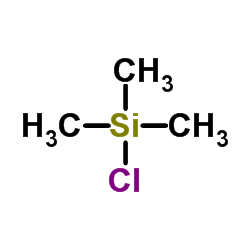 CAS#:75-77-4
CAS#:75-77-4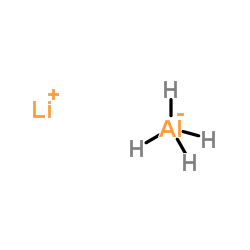 CAS#:16853-85-3
CAS#:16853-85-3 CAS#:290333-18-5
CAS#:290333-18-5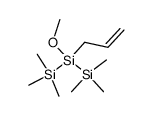 CAS#:83268-94-4
CAS#:83268-94-4 CAS#:6651-36-1
CAS#:6651-36-1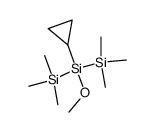 CAS#:83268-89-7
CAS#:83268-89-7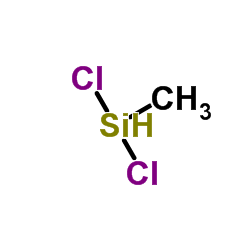 CAS#:75-54-7
CAS#:75-54-7 CAS#:917-54-4
CAS#:917-54-4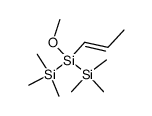 CAS#:83268-92-2
CAS#:83268-92-2 CAS#:5089-32-7
CAS#:5089-32-7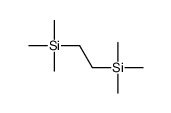 CAS#:6231-76-1
CAS#:6231-76-1 CAS#:18140-32-4
CAS#:18140-32-4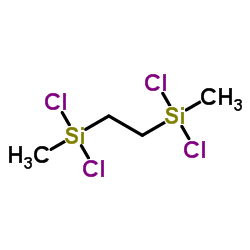 CAS#:3353-69-3
CAS#:3353-69-3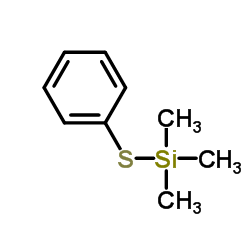 CAS#:4551-15-9
CAS#:4551-15-9![[2-(Trimethylsiloxy)ethyl]benzene structure](https://image.chemsrc.com/caspic/393/14629-58-4.png) CAS#:14629-58-4
CAS#:14629-58-4 CAS#:3844-94-8
CAS#:3844-94-8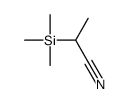 CAS#:18151-58-1
CAS#:18151-58-1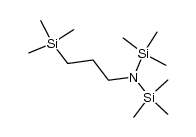 CAS#:124582-84-9
CAS#:124582-84-9 CAS#:18151-32-1
CAS#:18151-32-1